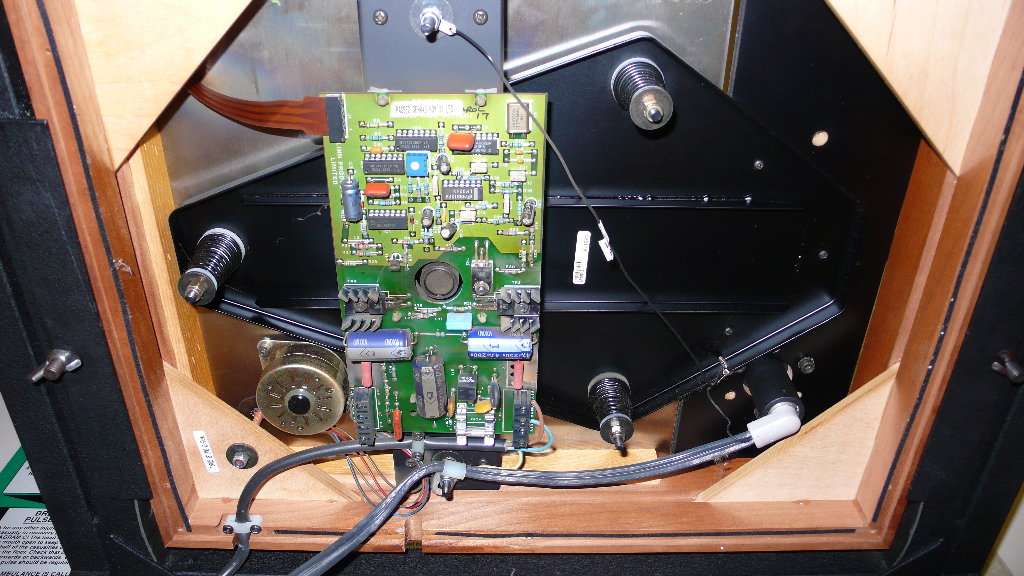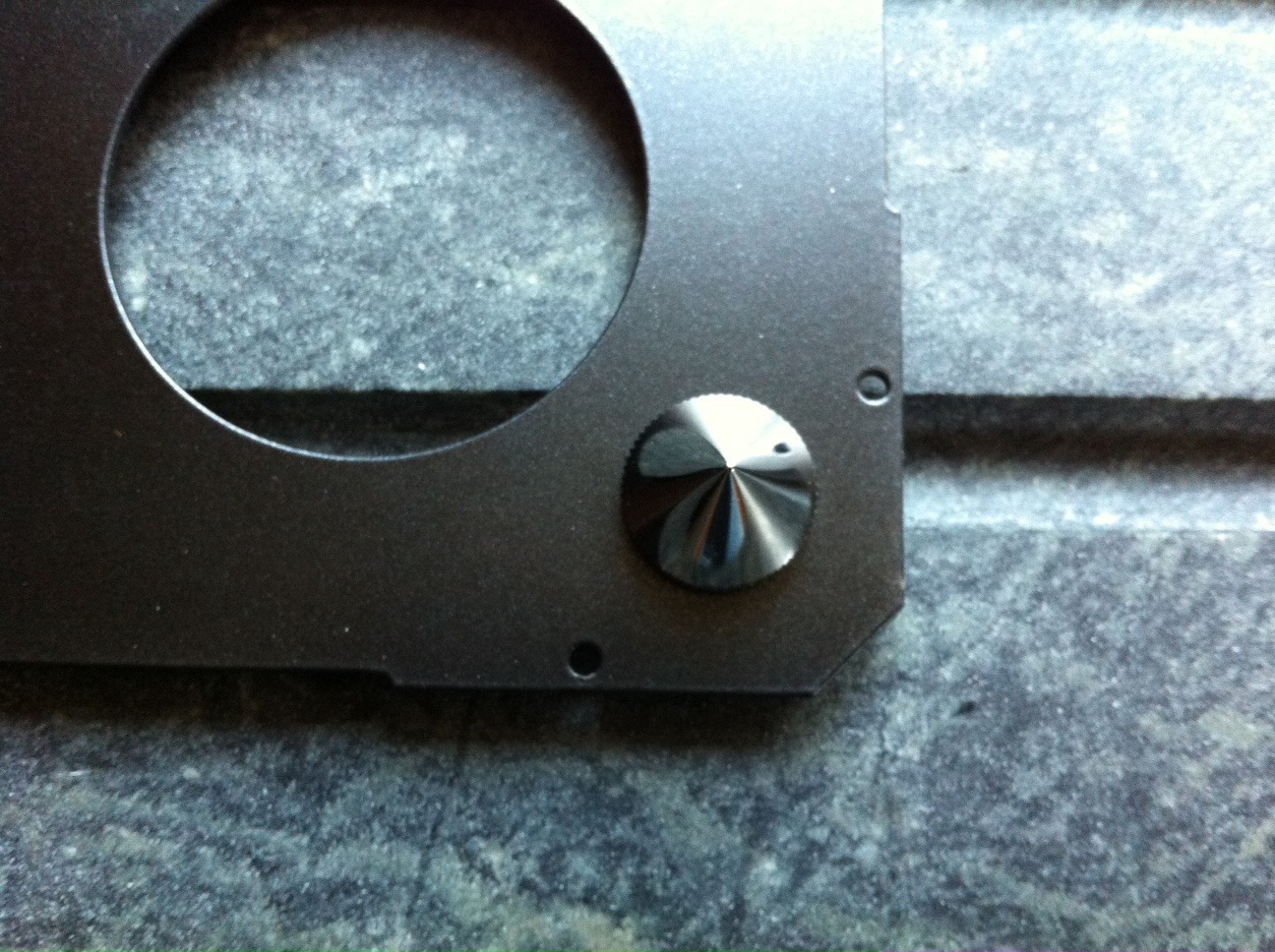Found this old post on Audio Asylum regarding drainage from the LP12 plinth. Something I addressed a few years ago by adding brass cones to a solid baseboard.
LP12s need a support arrangement which drains vibrations down and out from the plinth??
Posted by andyr (M) on December 11, 2004 at 03:30:50
A Linnie mate and I recently did some experiments with my LP12 and I'd be interested in other LP12 owner's comments/experiences (JDK need not respond as I know he agrees!).
I thought I had done the right thing by putting my LP12 on an isolation platform ... a 30lb slab of slate resting on racquet balls, making an air isolation platform. This certainly prevented everything except perhaps seismic vibration from coming up from the floor (ground floor concrete slab) and through the record cabinet benchtop but it also seems to have stopped vibrations from being able to drain away from the LP12 plinth - thus degrading my sound!
Our experimental procedure was as follows:
1. We aligned the cartridge using my Wallytractor and made sure the VTA and bias were set as well as we could manage.
2. We played the first track and the last-but-one track of side 1 of an Argo record of Vivaldi's Gloria. The first track has some gorgeous trumpets before the choir starts and the last-but-one track has a lovely cello passage before Janet Baker comes in to sing.
In both these tracks, there are some gorgeous moments where the sound dies away in the Kings College Chapel and you hear several seconds of ambient decay.
3. We recorded these tracks on my Harman-Kardon CD-R unit, to enable us to replay them later and compare the same tracks recorded with the different support arrangements.
4. The first two tracks were recorded with the LP12 sitting on my vibration isolation platform.
5. We then removed this and recorded the two tracks with the plinth sitting directly on the benchtop - without the standard LP12 rubber feet.
6. On the principle of trying to provide a direct path for vibrations to drain away, we then put a 1/4" steel nut under each corner of the plinth.
7. We then inserted a lightweight "Dekstand" under the LP12. This is a low frame made of 1" square-section aluminium tube which was produced from the mid-70s to the mid-80s in Oz, as the preferred lightweight support for LP12s.
The sound in each case was quite different:
#6 was the best - the trumpets sounded like trumpets, the cellos like cellos and it produced the most gorgeous delivery of the ambient sound decay in the chapel.
#5, which didn't have the supporting nuts, was not as good. The sound was similar but the ambient acoustic wasn't there as much.
#7 was simply baaad! The Dekstand produced a very nasal tone, emasculating the trumpets and thinning out the cellos.
#4, recorded with the isolation platform, cut short the ambient acoustic delay although the tone of the instruments was OK.
As a result of these, we concluded that it is necessary to allow vibrations produced in the plinth to drain away. The isolation platform was stopping this; the nuts had the hardest contact with the underlying vibration sink and so if spikes were used instead of nuts, it should improve the vibration
drainage and make the sound even better.
Any comments anyone?
Regards,
Andy





